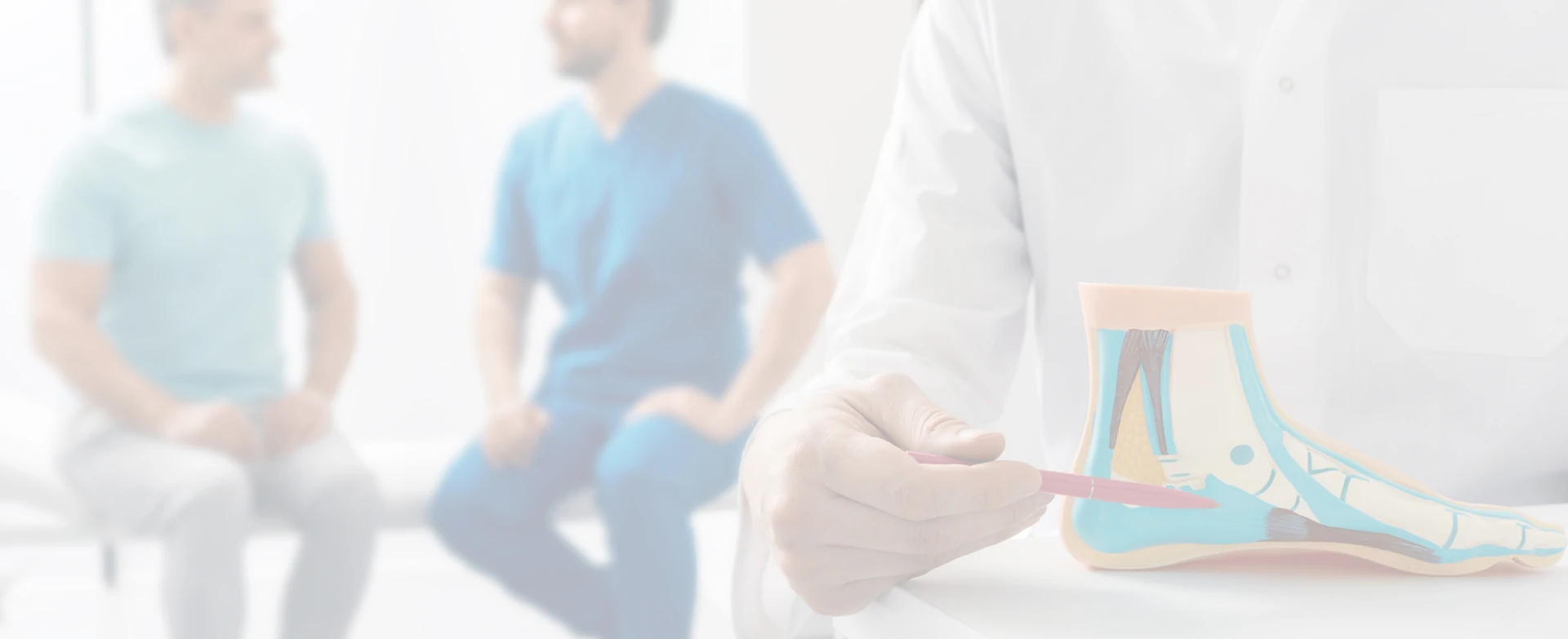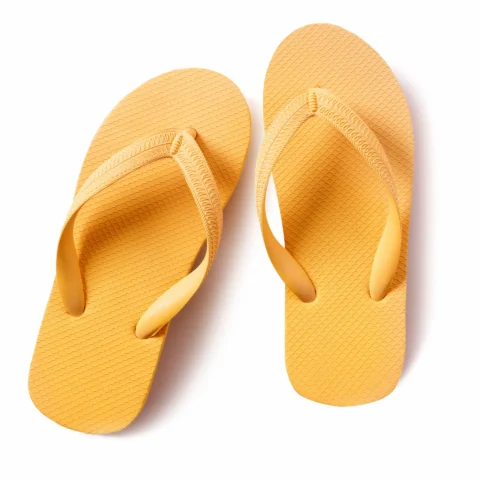
EUP
Do you know what the most common foot and ankle problem is? Its not bunions, flat feet or Achilles tendon tears. Its simple heel pain.?
What makes heel pain so tricky is that there are so many possible sources. The source of the heel pain will dictate the treatment to ease it, so an accurate diagnosis is critical.
Here are some of the most common sources of heel pain, and how you and your podiatrist can recognize them.
Plantar fasciitis is one of the top causes of heel pain. People who run and people who are overweight often have plantar fasciitis, and wearing shoes with poor arch support can increase the risk of developing it or make symptoms worse.
The plantar fascia is a long band of connective tissue that runs from the ball of the foot to the heel. It acts as a shock absorber when you walk, and when there?s too much pressure on it?whether from too many miles on the road, too much extra weight or inadequate support?it can develop tears.
These tears usually happen toward the rear of the tissue, so the pain of plantar fasciitis is usually felt on the bottom of the heel. When the body attempts to repair the tears, it can sometimes overcompensate and produce too much calcium. This extra calcium is deposited near the heel bone and forms heel spurs, which can cause further heel pain.
X-rays can show heel spurs, but often a medical history and physical exam are all it takes to diagnose plantar fasciitis. If you have plantar fasciitis, your podiatrist can prescribe a stretching, physical therapy and nonoperative care regimen that may resolve the issue. If this conservative care fails to help, the next step is wearing custom orthotics to provide the arch with more support. Custom orthotics are effective for many patients, well-tolerated and much less invasive than surgery.
If plantar fasciitis is pain on the bottom of the heel, a likely cause of pain at the back of the heel is Achilles tendinitis. Achilles tendinitis is inflammation of the Achilles tendon, which connects the calf muscles to the heel bone (calcaneus). Like plantar fasciitis, Achilles tendinitis is usually caused by overuse.
Contact us now to discuss your foot and ankle health needs.
Achilles tendinitis often flares up after a big increase in activity. Most podiatrists can confidently diagnose Achilles tendinitis with a physical exam, but imaging studies such as X-rays or ultrasound can be helpful in ruling out other sources of heel pain.
Your podiatrist can help you with exercises to stretch and strengthen the calf muscles and Achilles tendon to both treat current pain and prevent future inflammation. Orthotics may also help.
It is best to start treating Achilles tendinitis early. The longer the inflammation persists, the higher the risk of a more serious Achilles tendon rupture that requires surgery.
Bursae are fluid-filled sacs located around many joints that help the muscles and bones move together smoothly. The bursa at the ankle joint is called the retrocalcaneal bursa, and bursitis of the heel is inflammation of this bursa.
Bursitis of the heel is usually caused by overuse linked to an increase in activity. It can appear alongside of Achilles tendinitis, but when it appears by itself it is often mistaken for Achilles tendinitis.
This condition, too, can often be diagnosed by a podiatrist with only a physical exam or medical history. If the diagnosis is in question, a magnetic resonance imaging (MRI) scan can show inflammation.
Again, physical therapy and resting the ankle can go a long way to treating bursitis. If these noninvasive measures don?t decrease the inflammation, a steroid injection may be able to help.
You’ve heard of carpal tunnel syndrome. Think of tarsal tunnel syndrome as carpal tunnel, but for the ankle instead of the wrist. Both are forms of peripheral neuropathy?nerve pain that doesn?t stem from the spinal cord?and, more specifically, nerve compression syndromes.
The tarsal tunnel is a narrow space in the back of the ankle?above the heel?through which the posterior tibial nerve runs. There?s not much room for the nerve, and when the tunnel gets narrowed, something may press on the nerve. Pain in the heel, numbness, tingling or weakness can result.
Causes of compression in the tarsal tunnel can include:
- Flat feet?the altered biomechanics caused by fallen arches can subject the posterior tibial nerve to compression
- An injury causing swelling and inflammation in the tarsal tunnel
- An abnormal structure such as a ganglion cyst
- An inflammatory or systemic condition such as rheumatoid arthritis
Treating the root cause of tarsal tunnel syndrome usually eliminates the inflammation that?s causing nerve compression. Correcting flat feet with custom orthotics, controlling arthritis with medication, resting and icing an injury or surgically removing a ganglion cyst are all potential treatments. Your podiatrist will determine the cause of your nerve compression and take appropriate steps to treat it.
If you are experiencing heel pain, request an appointment at Essex Union Podiatry. Our talented podiatrists will determine the cause of your pain and come up with a treatment plan thats right for you and your individual circumstances.
Our advanced podiatry treatments can help relieve your foot and ankle issues.

